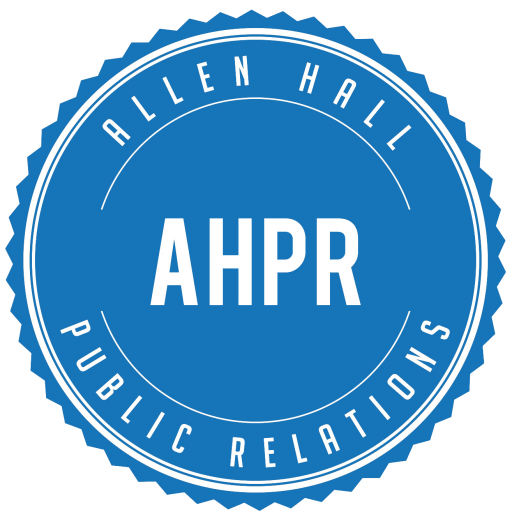With the recent successes of Oregon’s sports program and the involvement of Nike, the University of Oregon is no stranger to the sports industry. There is no doubt that many students, including those in the SOJC, were watching Super Bowl LV this past weekend. However, it was easy to notice something that felt unusual.
Many brands opted out of Super Bowl commercials entirely this year, with brands like Coca-Cola, Pepsi and Budweiser all choosing against airing commercials. In Coca-Cola’s statement, they claimed the company “has made the decision to sit this year out of the Big Game. This difficult choice was made to ensure we are investing in the right resources during these unprecedented times.” This was a rather large turnaround from last year’s spending of $10 million from the company, echoing the impact the pandemic has had over the last year.
Even without an advertisement, Budweiser still earned some great engagement on Twitter after releasing their statement video. The statement reads “For the first time in 37 years, we will not air a Super Bowl ad. Instead, we are redirecting our advertising dollars to raise awareness of Covid-19 vaccines” (via @budweiserusa). While public reception was mixed, the majority supported Budweiser’s messaging and direction, demonstrating that companies don’t have to shell out millions to reach their audience, they just need to be relevant.
While brands like Budweiser were careful in their sensitivity in their message, DoorDash went all in. Their Sesame Workshop ad received quite the backlash online. One Twitter user wrote “You lost a customer forever with this ad. Tone deaf doesn’t even begin to describe it.” This was an example of having the wrong tonality within the realms of messaging with your publics, even though the intent was a charity donation. Making messages transparent is important when advertising in a sensitive time, and Doordash didn’t fail to clarify their message.
These are just a few examples of some of the lessons from this year’s Super Bowl Advertising. Even when we are nearly a year into the pandemic, not all companies have shown they haven’t quite got their footing in sensitivity. However, others have made strides with new avenues to reach consumers.
While brands like Doordash were able to air commercials as normal with mixed results, others had to work around Covid limitations to engage their publics. Velveeta still wanted to get in on the conversation:
This Twitter engagement was trending throughout the game during commercial breaks, when many look away from their TV and onto their cell-phone. Twitter has been an increasingly new and innovative way to reach the public. The playful and casual nature of Twitter gives organizations more wiggle room with tonality in their approach.
For aspiring workers in public relations, it’s interesting to observe the current conversations taking place in the communication landscape during the era of the pandemic. This year’s Super Bowl event proved to be a great demonstration of the importance of tonality with stakeholders.

